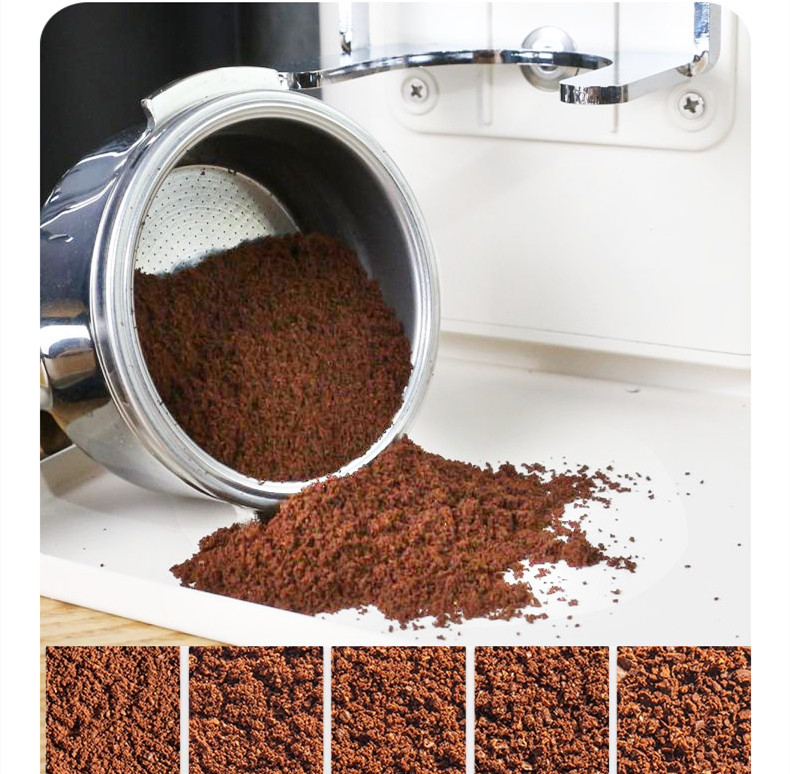When using commercial roasters in a coffee roasting studio, the following key points should be noted:
First, temperature control and stability
Precise temperature control: During the baking process, precise temperature control is of vital importance. Commercial roasters should be equipped with high-precision temperature sensors and intelligent control systems, capable of monitoring and adjusting the roasting temperature in real time to ensure that coffee beans are roasted within the optimal temperature range.
Temperature stability: The roaster should have good temperature stability to prevent excessive temperature fluctuations from affecting the quality of coffee beans. A stable temperature helps coffee beans heat evenly, developing rich flavors and aromas.
Second, uniformity of baking
Heat conduction and heat radiation: The material and structure of the inner pot of the roaster should be reasonably designed. The inner pot made of cast and steel materials should adopt a double-layer structure, which can provide uniform heat conduction and heat radiation for coffee beans, ensuring that each coffee bean is heated evenly.
Stirring and tumbling: The roaster should be equipped with an effective stirring or tumbling mechanism to keep the coffee beans constantly turning during the roasting process, preventing local overheating or charring.
Third, baking time and heat control
Flexible adjustment: Commercial roasters should allow users to flexibly adjust the roasting time and heat intensity according to the variety, origin and roasting requirements of the coffee beans. Different roasting stages require different levels of heat to ensure that the flavor and aroma of coffee beans are fully developed.
Temperature rise rate control: The most crucial aspect of fire control is the temperature rise rate, which refers to the rate of temperature increase per minute (ROR). This requires real-time monitoring. During the roasting process, the gradual decrease in the rate of temperature rise helps the flavor substances inside the coffee beans to be fully released while preventing the outside from being scorched.
Fourth, machine maintenance and cleaning
Easy-to-clean design: The roaster should adopt an easy-to-clean design to facilitate users in regularly cleaning the remaining coffee grounds and grease inside, maintaining the hygiene and performance of the machine.
Regular maintenance: Commercial baking machines require regular maintenance and upkeep, such as checking the working conditions of key components like electric heating tubes and temperature sensors, to ensure the long-term stable operation of the machine.
Fifth, operational convenience and safety
Intuitive operation interface: The baking machine should be equipped with an intuitive operation interface, enabling users to easily set baking parameters, monitor the baking process, and make timely adjustments.
Safety protection measures: The baking machine should be equipped with comprehensive safety protection measures, such as overheat protection and leakage protection, to ensure the safety of users during operation.


